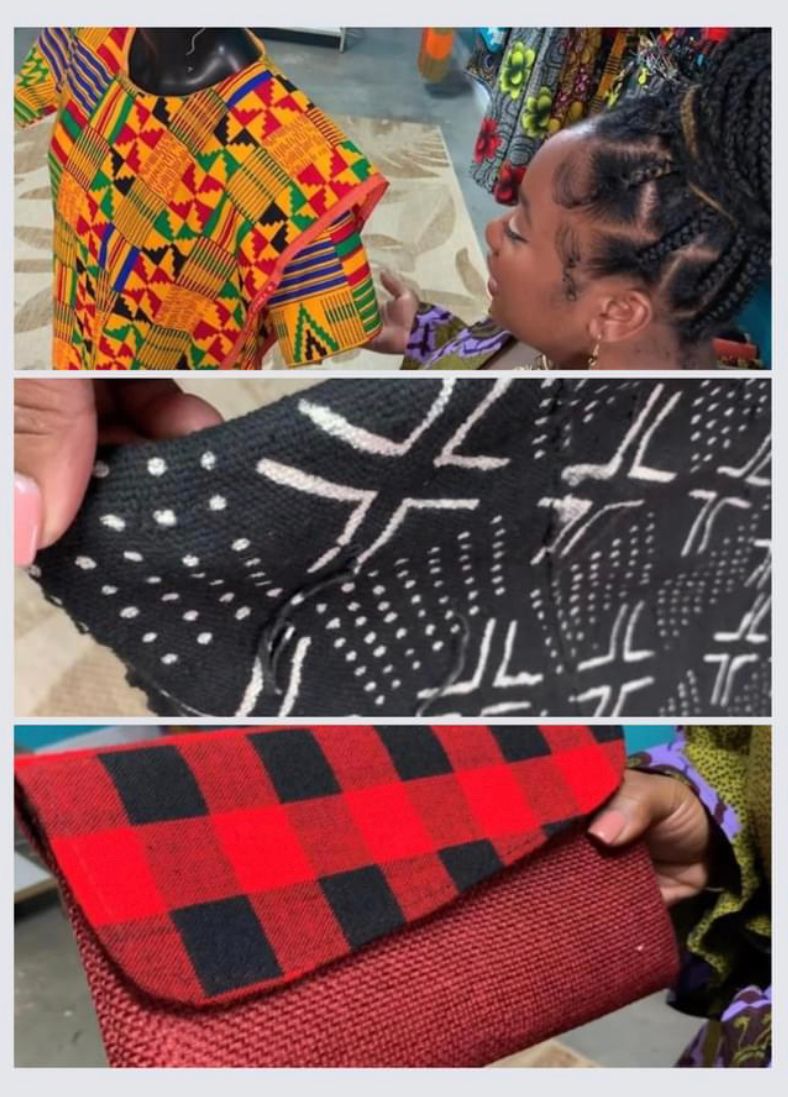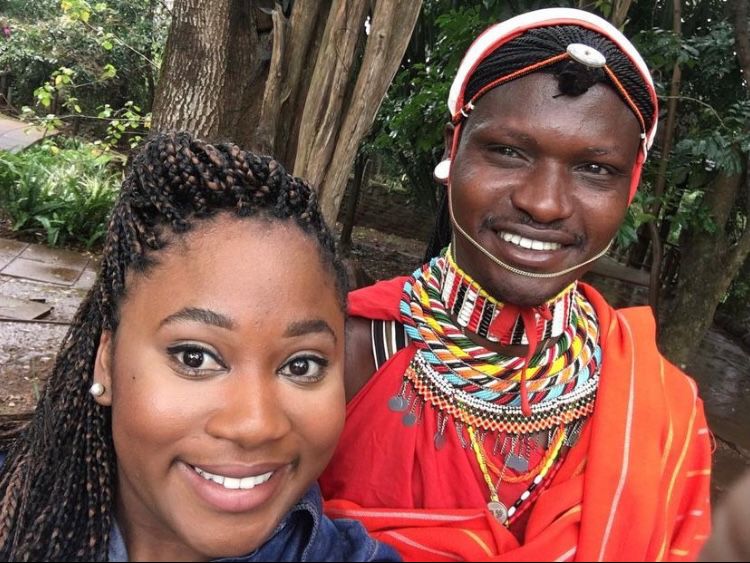TAMPA, Fla. — African tribal culture has had a strong influence on high fashion, from athletic wear to couture runway shows.
The unique threadwork not only produces these vibrant, sought-after fabrics, but also honors the rich history of Africa and its descendants.
What You Need To Know
- African tribal culture has had a strong influence on high fashion
- The African continent is so diverse that colors and patterns have different meanings depending on where you live
- Kente clothe is the most popular handwoven African fabric, dating back to the 17th century
"While living in Kenya, I took it upon myself to learn the textiles," said Accent Styles Tampa Boutique Owner Anji Degante who adds that purchaing the cloth is two-fold.
She says the buyer not only gets wearable art, but the narratives of the tribes that created them.
"This isn't just fashion," said Degante. "This is a direct representation or direct example of royalty of the village that you're representing."
Kente clothe is the most popular handwoven African fabric. Its origins date back to the 17th Century in the Gold East, now known as the country of Ghana. Back then, this delicate cloth was worn by Ashanti Empire Royalty and each woven color carries deep meaning.
"The gold is for status and serenity," Deganted explained. "The yellow is for fertility. The green is for renewal. The blue is for spirit. The red is for passion. Black is for ancestral and spiritual awareness."
The African continent is so diverse that colors and patterns have different meanings depending on where you live.

In Mali, West African hunters wore a different cloth for protection.
"This is mud cloth!" Degante demonstrated what the cloth typically looks like. Since its origins during the 12th Century, the process of weaving cotton and dying it in fermented mud is still practiced in Mali today.
"This process can take up to three weeks," she added.
Degante says mass production of these prints is breaking from tradition.
"It's hurting these designers and people that are actually taking the time to create the fabric," said Degante. "We’ve seen a bit of a disruption in the industry. We see that our same traditional fabrics that require a lot of work are now being created with screen print. The cheaper rate creates a disproportion in support."

She spent years living with the Maasai tribe who live in parts of Kenya and Tanzania.
Their garb for warriors is known to the Western world as "plaid."
The tribe initiated a lawsuit to protect its brand.
"They were hurt," said Deganted. "They felt that their traditional garb was unaccepted or less valuable when they wore it, but became more valuable once it entered the mainstream."
Following their lawsuit, the Maasai tribe created a process for commercial brands to apply for licenses to use their prints.
Several retail companies who produce clothing inspired by the tribe have agreed to pay the fee.
Brands like Coca-Cola, Microsoft and Land Rover have also partnered with the Maasai for their ad campaigns.
When parts of Africa was conquered by the Dutch, African fashion was more prominent on the global stage.
The Dutch began reproducing and adding their own spin to the fabric known as Ankra.
"While the Dutch were there they discovered the weaving technique called batique," said Degante. "They took that technique back to Europe. The Europeans began to make the same fabric but at a cheaper rate and using a machine."
Today, most of the manufacturers for African fabric are in other countries like the Netherlands.
Back in the U.S., African-Americans began adopting an Ethiopian East African garb called the Dashiki during the civil rights movement of the 1960's.
"A lot of people started to be more in tune with their African Culture."
It's all about authenticity, according to Degante, whose business employs within her adopted village in Kenya, and benefits an orphanage she founded in Nairobi.
"It's that saying that people should choose quality over quantity and that is a fight that we are experiencing," she said. "I'm hoping that when people see clips of the work and see how much work people are putting into these fabrics by hand they chose the latter."
Whether it's through weaving or printing, African textiles continue to inspire future generations by linking them back to their own rich history throughout the continent of Africa.










